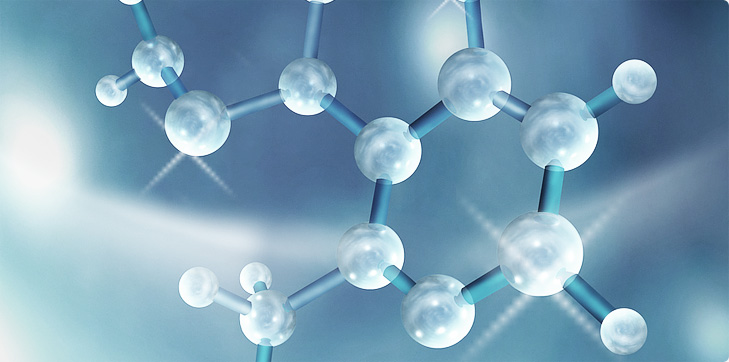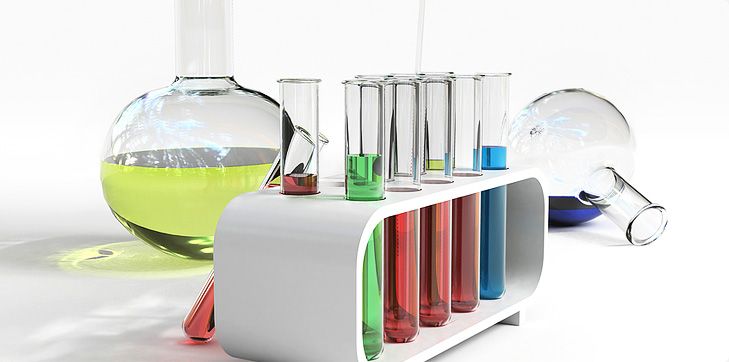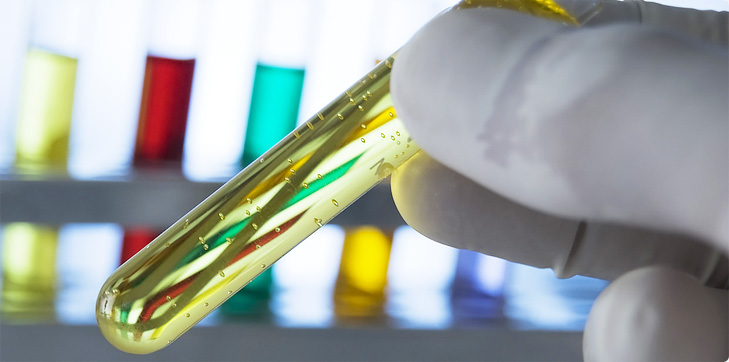About Us
Executive Editor:Publishing house "Academy of Natural History"
Editorial Board:
Asgarov S. (Azerbaijan), Alakbarov M. (Azerbaijan), Aliev Z. (Azerbaijan), Babayev N. (Uzbekistan), Chiladze G. (Georgia), Datskovsky I. (Israel), Garbuz I. (Moldova), Gleizer S. (Germany), Ershina A. (Kazakhstan), Kobzev D. (Switzerland), Kohl O. (Germany), Ktshanyan M. (Armenia), Lande D. (Ukraine), Ledvanov M. (Russia), Makats V. (Ukraine), Miletic L. (Serbia), Moskovkin V. (Ukraine), Murzagaliyeva A. (Kazakhstan), Novikov A. (Ukraine), Rahimov R. (Uzbekistan), Romanchuk A. (Ukraine), Shamshiev B. (Kyrgyzstan), Usheva M. (Bulgaria), Vasileva M. (Bulgar).
A One-Compartment Model
1. The Mass Transport in the Dialyzer
In most of the common dialyzers (called artificial kidneys) the removal of toxical substances from the blood is achieved by extracting it from the body and introducing it into the interior of a kidney machine where it floats along one side of a membrane as being schematically shown in Figure 2.
![]()
![]()
![]()
![]()
![]()
![]() Blood
Blood
![]()
![]() Dialysate
Dialysate
Fig. 1. Blood and Dialysate Flow in the Dialyzer.
At the same time a dialysate fluid floats along the
other side of the membrane in the opposite direction. In the course of this
process a mass transport of the toxical substance across the membrane takes
place which is based on two mechanisms. The first is diffusion by which the
molecules of the substance are pressed through the pores of the membrane under
the influence of the difference ![]() of the concentration CB
[mg/ml] and
of the concentration CB
[mg/ml] and ![]() [mg/ml] of the toxical
substance in the blood and the dialysate fluid, respectively. The flux
[mg/ml] of the toxical
substance in the blood and the dialysate fluid, respectively. The flux ![]() [mg/min]
of the substance across the membrane from the blood into the dialysate fluid
caused by diffusion is given, according to Fick's law, by
[mg/min]
of the substance across the membrane from the blood into the dialysate fluid
caused by diffusion is given, according to Fick's law, by
![]()
where ![]() [ml/min] is the diffusive
clearance of the membrane which can be expressed by
[ml/min] is the diffusive
clearance of the membrane which can be expressed by
![]()
where A is the area of the membrane and ![]() [сm/min]
is the mass transfer coefficient (this law holds for thin membranes).
[сm/min]
is the mass transfer coefficient (this law holds for thin membranes).
The second mechanism of mass transport across the membrane is called ultrafiltration and is caused by a pressure difference between the blood water and the dialysate fluid. This pressure difference gives rise to a blood water flow through the membrane by which dissolved parts of the toxical substance are transported.
2. The Temporal Development of the Toxin Concentration in the Blood without Ultrafiltration
Let ![]() [ml] be the total blood volume
of the patient at the time t. Then the total amount of the toxical substance in
the blood at the time t by
[ml] be the total blood volume
of the patient at the time t. Then the total amount of the toxical substance in
the blood at the time t by ![]() is given
is given ![]() [mg/ml].
[mg/ml].
We assume that some rest clearance ![]() [ml/min] of
the kidneys of the patient is present such that there is a permanent flux Fr
[mg/min] of the toxical substance out of the blood across the kidneys into the
urine which is of the form
[ml/min] of
the kidneys of the patient is present such that there is a permanent flux Fr
[mg/min] of the toxical substance out of the blood across the kidneys into the
urine which is of the form
![]()
We further assume that, within a given time interval [0, T] the patient is attached to a dialyzer during the time interval [0, td] where td < T.
Then we have,

and the requirement turns out to be equivalent to
![]()

For
![]() we
again choose the value 150 [mg/min] and for
we
again choose the value 150 [mg/min] and for ![]() the value 13600 [ml].
the value 13600 [ml].
Then we obtain

If we assume, that dialysis is performed every second day, i.e., if we put T = 48h=2880 min, then for

the following values are obtained
|
|
h |
2h |
3h |
4h |
5h |
6h |
7h |
8h |
|
|
0.435 |
0.283 |
0.237 |
0.216 |
0.204 |
0.196 |
0.189 |
0.184 |
The mathematical model of process of a hemodialysis is programmatically simualted:

Now we deduce
![]()
where

For the above values of ![]() and T we get
and T we get
![]()
which leads to the table
|
|
h |
2h |
3h |
4h |
5h |
6h |
7h |
8h |
|
|
0.228 |
0.08 |
0.038 |
0.022 |
0.014 |
0.010 |
0.008 |
0.007 |

If we define the dialysis effect by
![]()
then we obtain the following table
|
|
h |
2h |
3h |
4h |
5h |
6h |
7h |
8h |
|
|
0.521 |
0.284 |
0.162 |
0.102 |
0.069 |
0.051 |
0.042 |
0.038 |

The numerical values in the above tables are not really realistic. Therefore, the one-compartment model will be given up in the following. Nevertheless, they already indicate a tendency (to be confirmed in the refined model lateron), namely, that by extending the durance of dialysis to large times td (beyond 7h) the dialysis effect is only slightly improved. The dialysis effect can now also expressed in the form


This formula shows immediately that, for
fixed values of ![]() and
and ![]() , the value of
, the value of ![]() decreases,
if increases. This is to be expected in the same way as a decrease of
decreases,
if increases. This is to be expected in the same way as a decrease of ![]() ,
if
,
if ![]() is increased where
is increased where ![]() ,
and
,
and ![]() are kept fixed.
are kept fixed.
Viktor I., Stefan P. SIMULATION AND OPTIMIZATION OF SEVERAL MATEMATICAL MODELS IN MEDICINE. International Journal Of Applied And Fundamental Research. – 2014. – № 2 –
URL: www.science-sd.com/457-24560 (18.12.2025).











 PDF
PDF